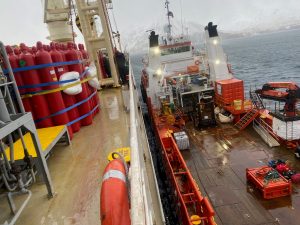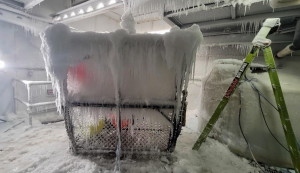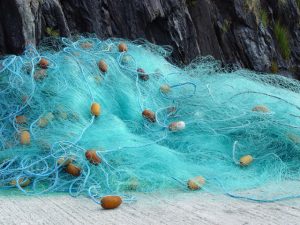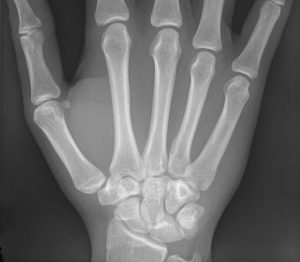Air Circulation Implemented on Genius Star XI after Cargo Fire

On January 5th, 2024, the Salvage Marine Firefighting team executed an air circulation procedure endorsed by the Unified Command after the Genius Star XI, a 410-foot general cargo ship reported a fire on December 30th, 2023. The primary aim of this initiative was to enhance the airflow within the cargo holds of the vessel. Currently anchored in Broad Bay, near Dutch Harbor, Alaska, there are concerns about reignition of the fire. A one-mile safety zone has been set up around the vessel, and mariners wishing to enter the zone must request permission via VHF Channel 16.
In addition to air circulation implementation, agencies are executing on-site and onshore air monitoring. Both the vessel and the Unalaska community have maintained normal air quality thus far. Continuous air monitoring will continue as external air is gradually circulated through the cargo holds.
Emergency personnel effectively removed all depleted CO2 bottles from the vessel for refilling and reinstatement. Once refilled, these bottles will be loaded back onto the vessel to comply with the fire suppression system mandated by the International Maritime Organization’s Safety of Life at Sea regulations.
 Maritime Injury Law Blog
Maritime Injury Law Blog




